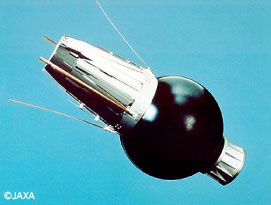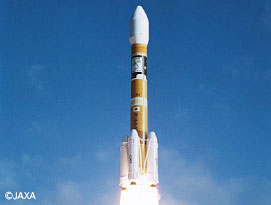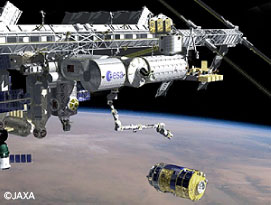The history of aerospace in Japan
Out into space
Out into space
The 1966 launch of the “Ohsumi” was the first of Japan’s many successes in satellite deployment.
In 1977, for example, a geostationary satellite was launched.
The H-IIA liquid fuel rocket in 2001, and the H-IIB rocket in 2009, propelled Japan into the international market. The H-IIB in particular was used to carry the H-II Transfer Vehicle (HTV),
an unmanned spacecraft which performed a crucial resupply mission for the International Space Station.
And in 2010, the “Hayabusa” probe returned from its seven-year mission, bringing back samples of asteroid matter. This globally significant achievement is part of the steady development of spacecraft technology laid out in Japan’s Basic Space Bill*.
* The Basic Space Bill : A bill passed in 2008 to restructure Japan’s space program and expand its projects into non-aggressive military applications.




